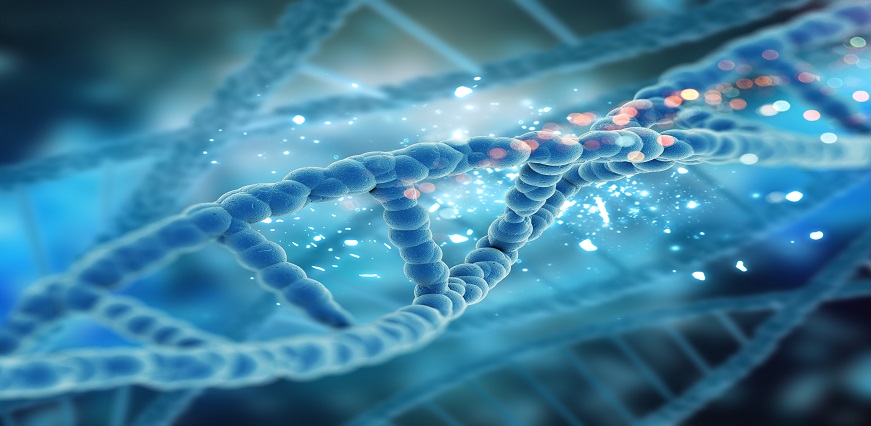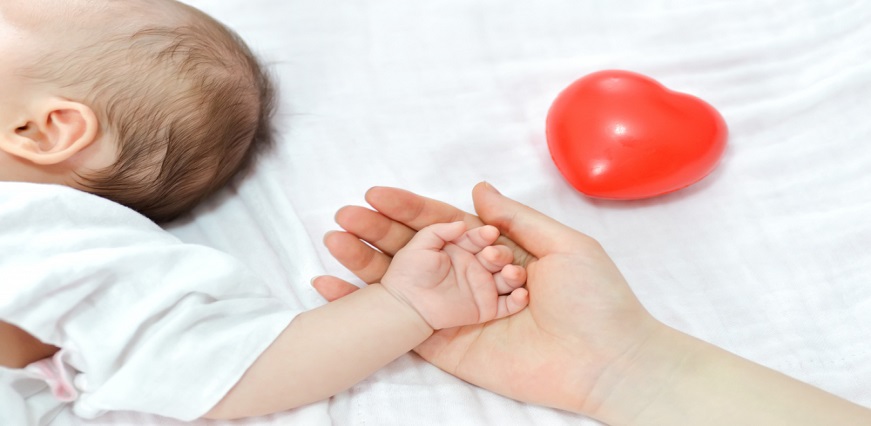





No lab centers are available in this city
Home > Procedure preparations > DNA Test Procedure

DNA testing is becoming increasingly popular as a way to learn more about human health and ancestry. As the process of DNA testing becomes more accessible, individuals are discovering that it can provide them with a wealth of knowledge they never knew before. But what exactly is DNA testing and how does the procedure work? In this blog post, we'll explore the basics of DNA test procedures so you can understand the process before you make a decision to get tested. From sample collection to results analysis and beyond, read on to discover the steps involved in a typical DNA test.
The purpose of a DNA test is to provide individuals with information about their genetic makeup. This information can be used for a variety of purposes, including determining ancestry, health risks, and identifying potential family members. DNA tests can be performed using a variety of techniques, including sequencing, microarray analysis, and PCR.
There are a few reasons why someone might want to get a DNA test. Maybe they want to learn more about their family history or find out if they have any genetic disorders. They might also be trying to prove paternity or identify remains. Whatever the reason, there are a few things to consider before getting a DNA test.
Who should get a DNA test? First, consider your reasons for wanting the test. If you're simply curious about your lineage, an at-home AncestryDNA kit might be the best option. These tests can be purchased online and provide results within a few weeks. If you're looking for more in-depth information about your health, you'll need to consult with a doctor or genetic counselor to determine which test is right for you.
Next, think about how much money you're willing to spend on the test. At-home kits can cost as little as $60, but more comprehensive tests can run into the thousands of dollars. You'll also need to decide whether you want to use a saliva sample or give blood for testing. Saliva samples are less invasive, but blood tests can provide more accurate results.
Finally, consider what you're hoping to learn from the test results. If you're interested in learning about your family history, an ancestry test will likely be your best bet. But if you're looking for information about your health, you'll need to consult with a doctor or genetic counselor about which DNA test is right for you
If your doctor suspects that you have a genetic condition, they may order a DNA test. This test can be used to confirm or rule out a diagnosis. A DNA test may also be ordered if you have certain symptoms that are suggestive of a genetic condition. Your doctor will discuss the risks and benefits of the test with you before ordering it.
There are a few different ways that a DNA test can be conducted. The most common way is through a swab of the inside of the cheek, which collects cells that can be used for DNA testing. This is usually done by rubbing a cotton swab on the inside of the cheek for a few seconds and then placing it in a sterile container.
Another way to collect DNA samples is through a blood test. This involves taking a small sample of blood from a vein in the arm and sending it to a lab for analysis.
Once the DNA sample has been collected, it will need to be analyzed in order to determine its genetic makeup. This is usually done by sequencing the DNA, which involves breaking down the long strands of DNA into smaller pieces and then reading them. This can give scientists insight into an individual's genetic code and can be used for things like paternity testing or determining someone's risk for certain diseases.
A DNA test can be a very important tool in helping you to make decisions about your health, but it is important to be prepared before having one done. Here are some tips on how to prepare for a DNA test:
1. Choose the right DNA test. There are many different types of DNA tests available, so it is important to choose the one that is right for you and your needs. Talk to your doctor or a genetic counselor to help you decide which test is best for you.
2. Collect the necessary samples. For most DNA tests, you will need to provide a blood sample, but there are some that require saliva or hair samples. Be sure to ask your doctor or genetic counselor what type of sample is needed for the specific test you are having done.
3. Follow the instructions carefully. Once you have collected the necessary samples, it is important to follow the instructions provided by the laboratory to do the testing carefully. This will ensure that your results are accurate and reliable.
4. Be prepared for the results. A DNA test can provide a lot of information about your health, including potential risks for certain diseases or conditions. It is important to be prepared mentally and emotionally for these results, as they can sometimes be unexpected or confusing. If you have any questions about the results of your DNA test, be sure to ask your doctor or genetic counselor for help in understanding them."
Maxlab offers an exhaustive list of tests for a comprehensive diagnosis of your health. Take a look at HBV DNA Quantitative, Real Time PCR Test for detecting HBV infection in the body.
The results of a DNA test can take 24 hours, depending on the type of test and the lab that is processing the samples. In some cases, results may even take a month or more.





 Allergy Test
Allergy Test
 Anemia Test
Anemia Test
 Auto immune
Auto immune
 Blood disorder
Blood disorder
 Bone and Joint
Bone and Joint
 Cancer Test
Cancer Test
 Cardiology Test
Cardiology Test
 Covid Recovery
Covid Recovery
 Dengue Test
Dengue Test
 Depression
Depression
 Diabetes Test
Diabetes Test
 Fatigue
Fatigue
 Fever Test
Fever Test
 Full body
Full body
 Gastro Test
Gastro Test
 Gastrointestinal
Gastrointestinal
 Gynaecology Test
Gynaecology Test
 Heart Test
Heart Test
 HIV Test
HIV Test
 Hormone Test
Hormone Test
 Hypertension
Hypertension
 Immunity Test
Immunity Test
 Infectious Disease
Infectious Disease
 Infertility Test
Infertility Test
 Influenza Test
Influenza Test
 Iron Test
Iron Test
 Kidney Test
Kidney Test
 Liver Test
Liver Test
 Lung Test
Lung Test
 Nephrology
Nephrology
 Obesity
Obesity
 Orthopedics Test
Orthopedics Test
 Physician
Physician
 Pollution Health Checkup
Pollution Health Checkup
 Pregnancy Test
Pregnancy Test
 Prostate Test
Prostate Test
 Senior Citizen Test
Senior Citizen Test
 STD Test
STD Test
 Thyroid Test
Thyroid Test
 Tuberculosis Test
Tuberculosis Test
 Vitamin Test
Vitamin Test
 Women Health Test
Women Health Test
Sign up takes less than 60 secs and gives you access to your offers, orders and lab tests.
Looks like you are not registered with us. Please Sign up to proceed
OTP will be sent to this number by SMS
We have successfully received your details. One of the agents will call you back soon.
 To reach our help desk call 9213188888
To reach our help desk call 9213188888
No Lab Centers are available in this city
Looks like you are not registered with us. Please Sign up to proceed
OTP will be sent to this number by SMS
Not Registered Yet? Signup now.Looks like you are not registered with us. Please Sign up to proceed





 7982100200
7982100200.png)